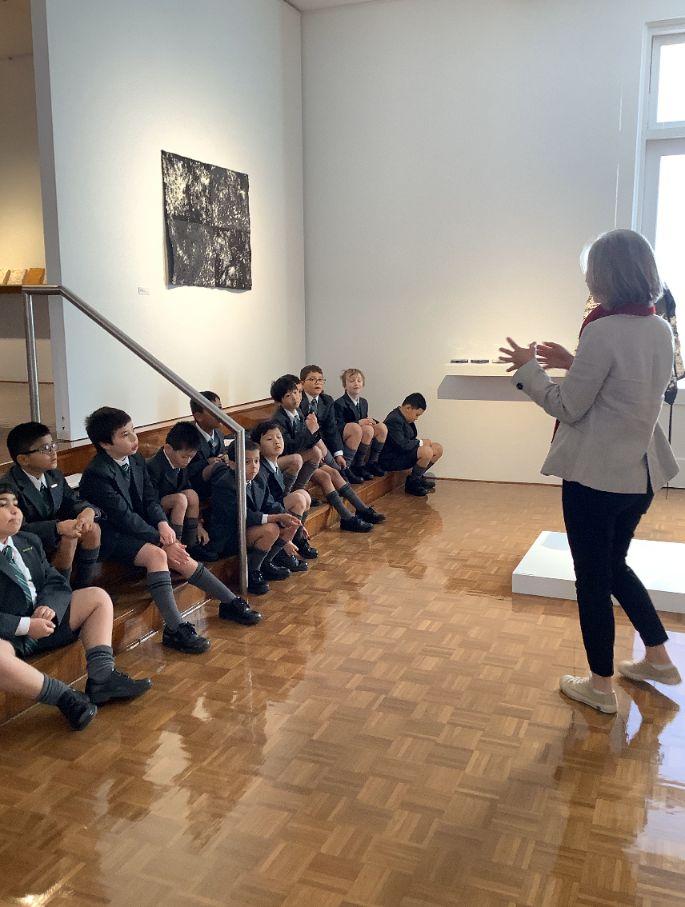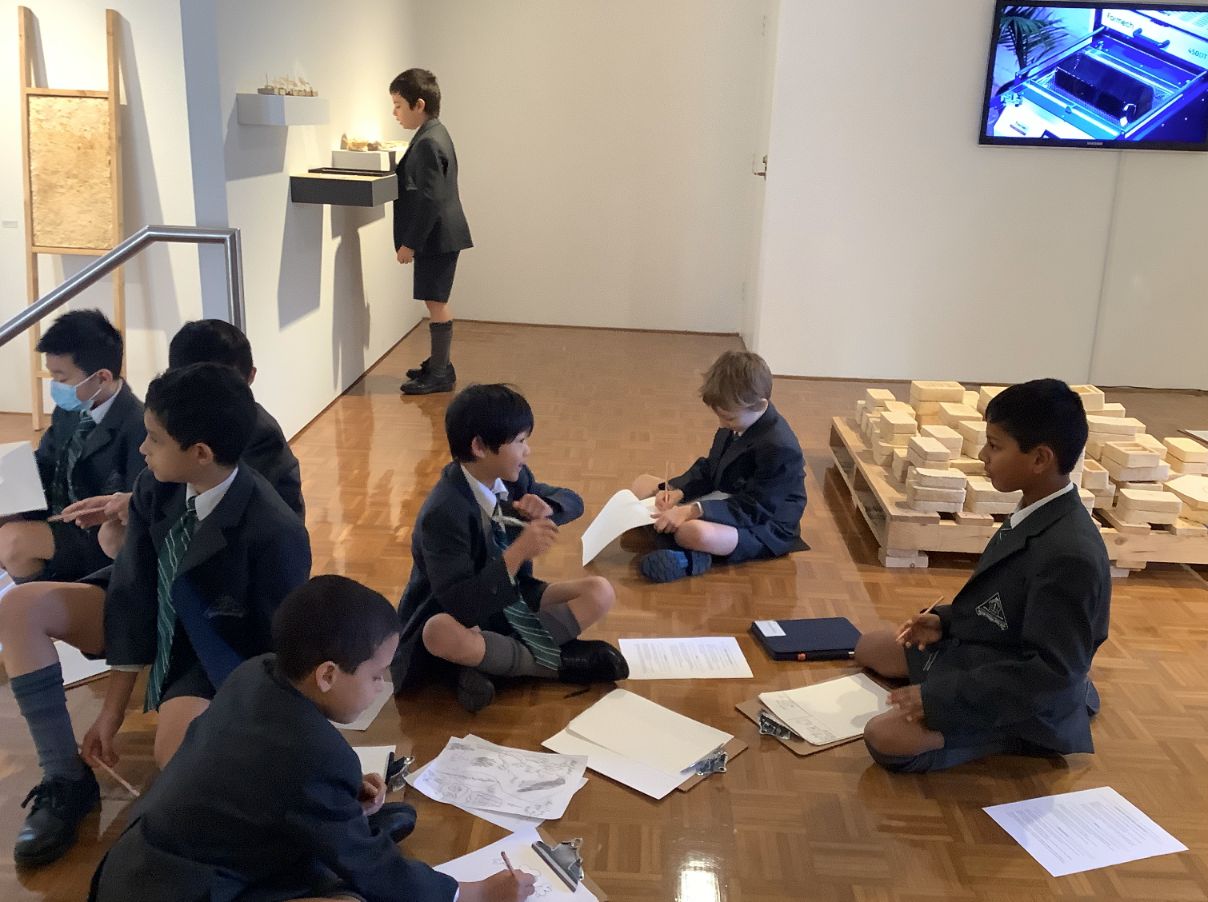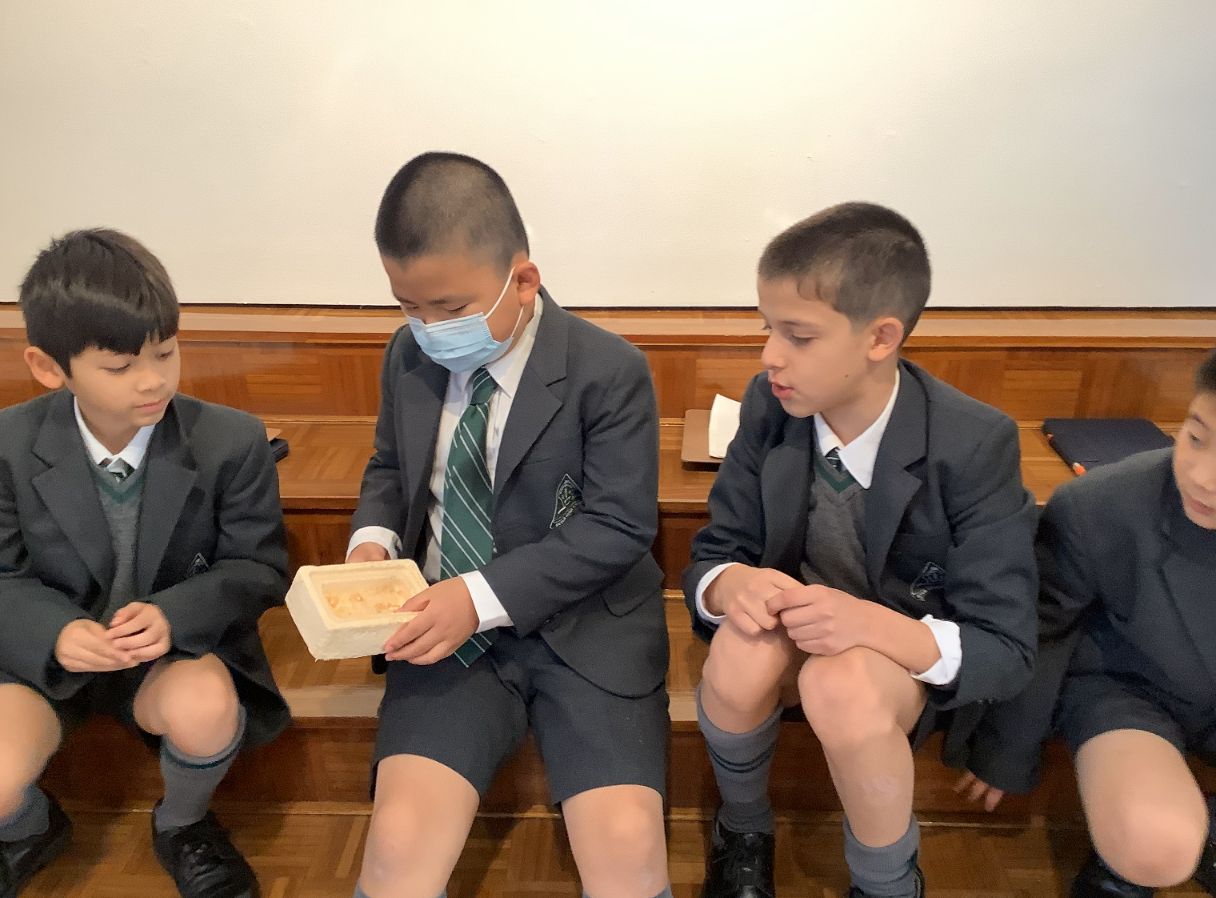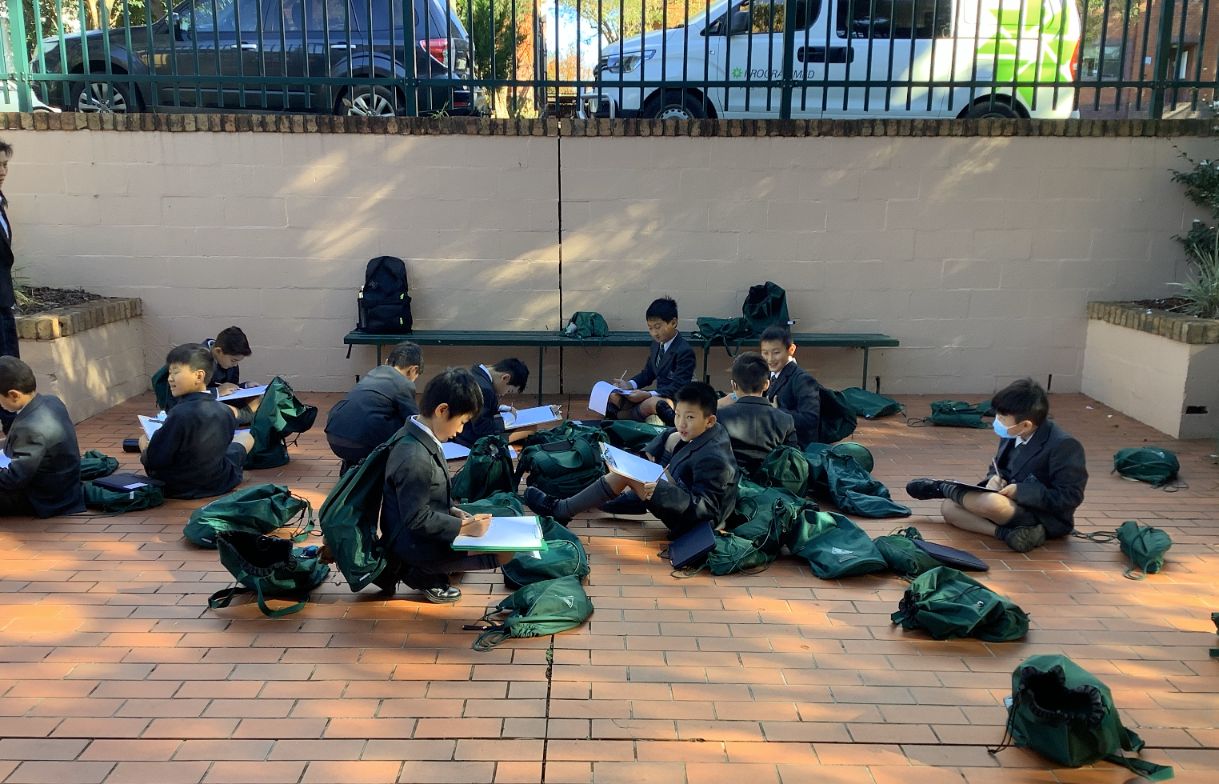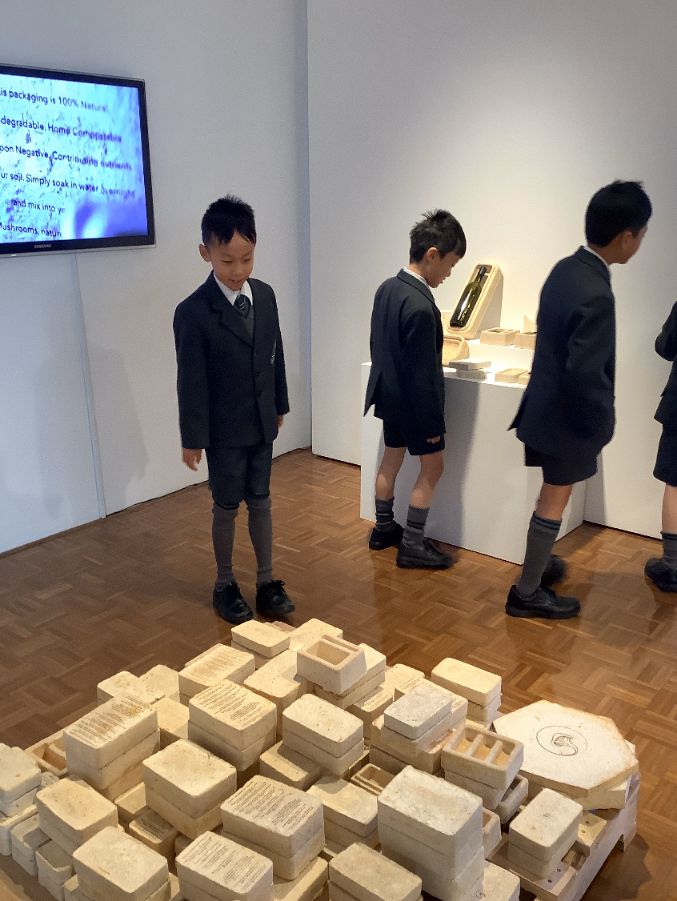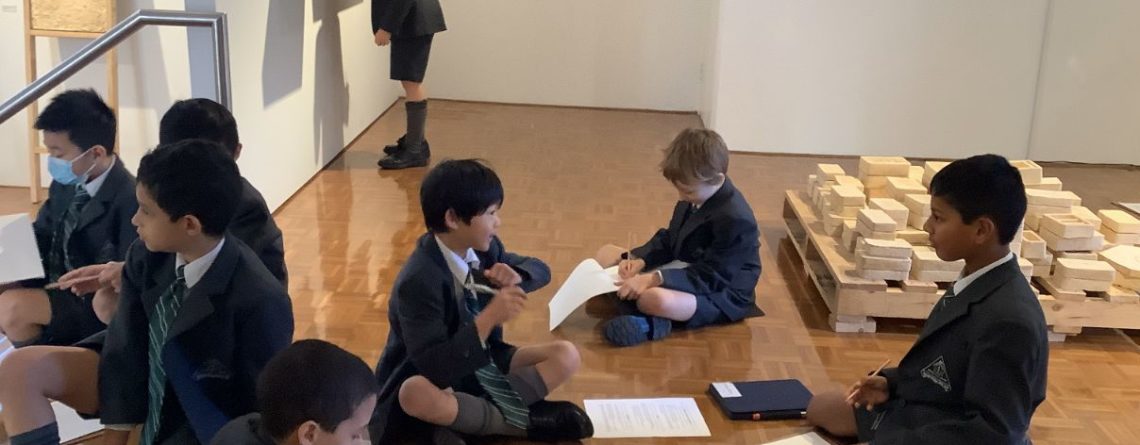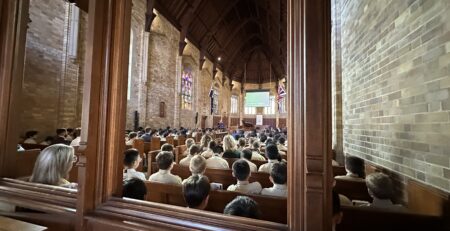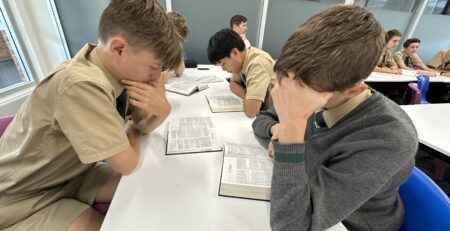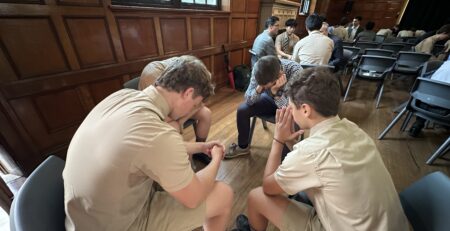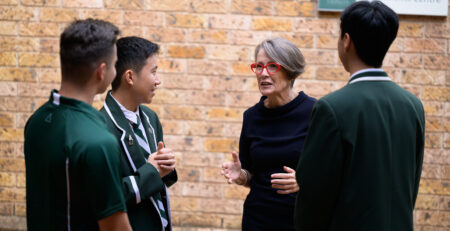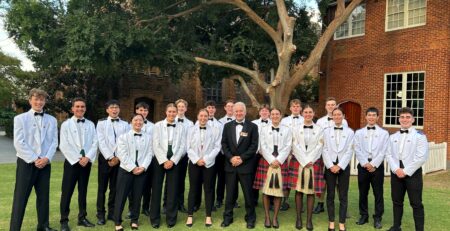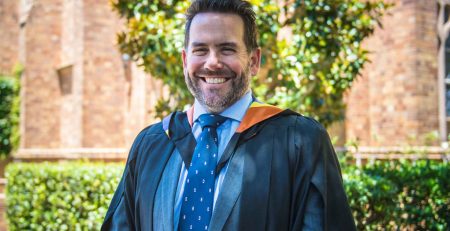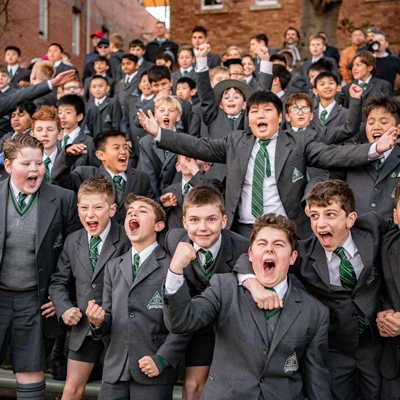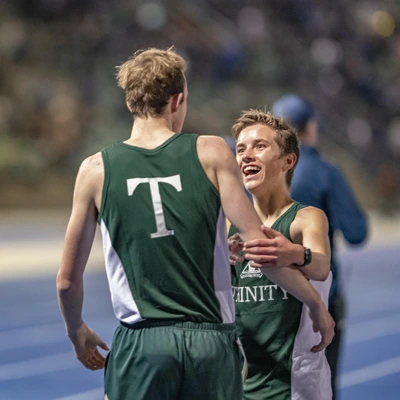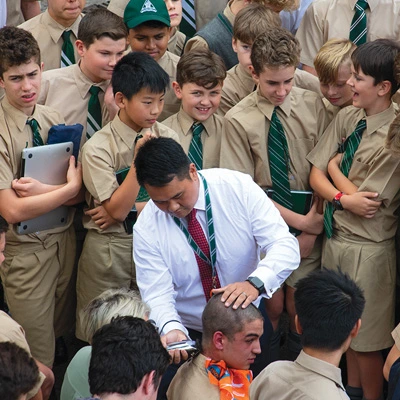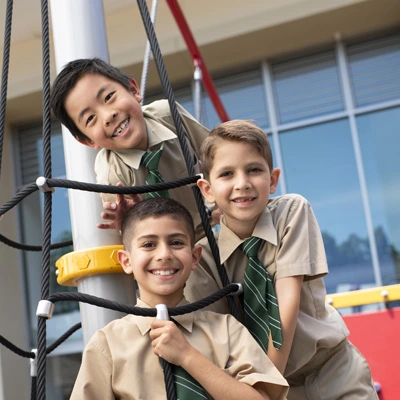Prep | Year 3 News
NAPLAN
In Week 3 students completed NAPLAN. As parents you should all be extremely proud of the efforts of these young men. They were mature and thoughtful throughout the entire week. This allowed everything to run smoothly and the boys were able to remain positive going into their tests. Well done boys!
Unit of Inquiry
This week brings the end to our current unit of inquiry ‘Sharing the Planet’. Students have looked into living things, the interdependence of ecosystems, and how we as humans impact living things. Year 3 planted some seeds into different containers to see which provides the best growing potential. This will be something the boys need to look after each week to ensure that their plants grow.
To show boys’ understanding of the unit, they have completed research on an ecosystem of their choice. They have looked into the form (what it’s like), connection (how is it connected to other things?), and change (how is it changing?) of their ecosystem and created a presentation to show their understanding.
For Weeks 6 and 7, we will be diving back into the unit of ‘Who We Are’. Throughout this unit we will look at the relationship between our bodies, health and wellbeing. The boys will also engage in learning which focuses on the Digestive System, Circulatory System, the Neural System and, the Respiratory System.
In Week 8 we will begin ‘How the World Works’. This unit looks into a variety of natural phenomena that occur, including natural disasters, the earth’s rotation, and the four seasons.
English
Boys have now shifted their focus onto Informative Writing. They have looked at the differences and similarities between persuasive and informative texts. Boys have had some fun by deconstructing some informative texts and picking out features that will help us to be successful in our own writing. Using learnt features, boys have been using their skills to construct their own informative texts.
Maths
Boys have spent the last two weeks looking at Length and Area. They have measured items in the classroom and outside in the playground. They have learnt the difference between length, width, height, perimeter, and area. While also using the terminology: distance, metre, centimetre, millimetre, ruler, tape measure, trundle wheel, measure, estimate, temperature, cold, warm, hot, degree (Celsius), thermometer, surface, grid, row, column, square centimetre, square metre.
For the rest of the term we will be focusing on Multiplication and Division. Boys will use a number of strategies to show their understanding, including repeated addition, multiplying through 10’s, 100’s, 1000’s and using place value. This is also a good time for students to practice recalling multiplication facts at home. They will also look at the inverse relationship between the two and use this to justify answers.
Mandarin
Year 3 boys continue their language acquisition on Education Perfect and inquiry-based learning linking to UOI “Sharing the Planet” by researching animals and their habitats. There has also been a particular focus on independent learning using Quizlet and Canvas for knowledge consolidation and skill extension. The students learn to extend their conversational exchanges through shared-reading, communicative games and role play. They will collectively examine the impact on animal movements due to the change of their habitats through case study.
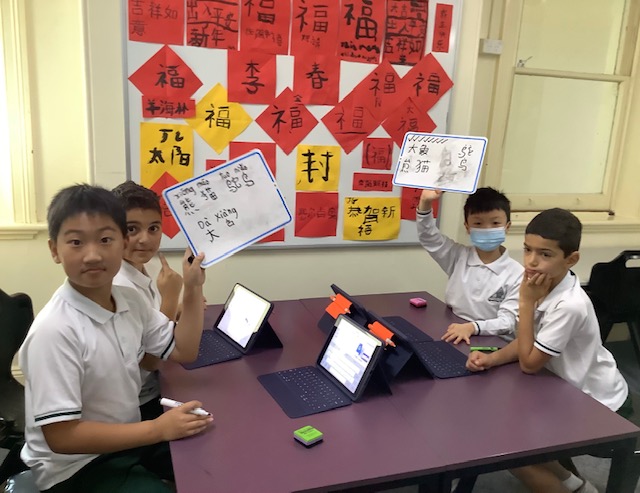
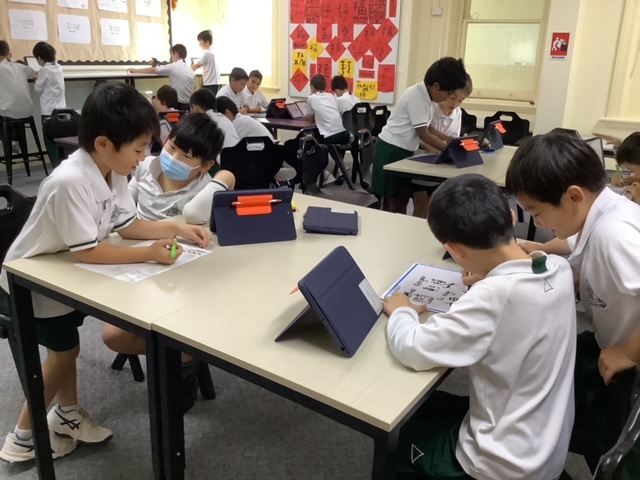


Visual Arts
This term in Visual Arts the boys have begun to make transdisciplinary connections between their ‘Sharing the Planet’ UOI and Visual Arts. We are developing an understanding about the way many artists consider their relationship and impact on the environment and living things. This week we explored this idea with an excursion to the Summer Hill Campus. The boys visited the current exhibition at Delmar Gallery Biomateriality. Exploring artists’ use and development of innovative materials/ biomaterials, the visit was facilitated by Delmar Gallery Curator Catherine Benz who introduced the boys to a range of concepts and material practices through hands-on experiences. Students also had a chance to head outside and continue to develop the methodology of ‘fieldwork’ by recording the natural and built environment through drawing, photography and sound recordings. The morning was topped off with a visit to the Junior School Green Patch. The boys worked with Specialist Environmental Educator Melinda Bargwanna, inquiring into mycelium emerging from the fig roots just outside the Patch as well as looking closely at soil samples, mycelium and some of the microorganisms found in the compost under the microscope!

